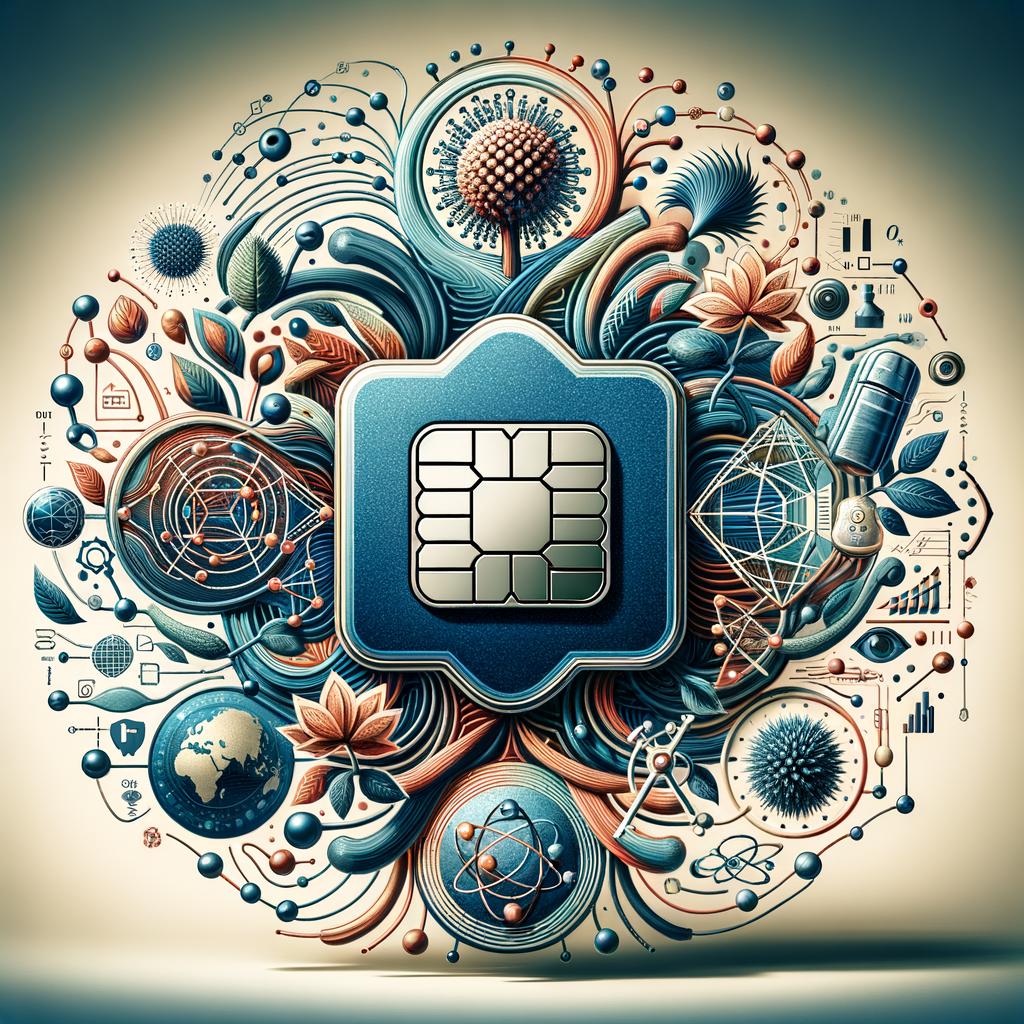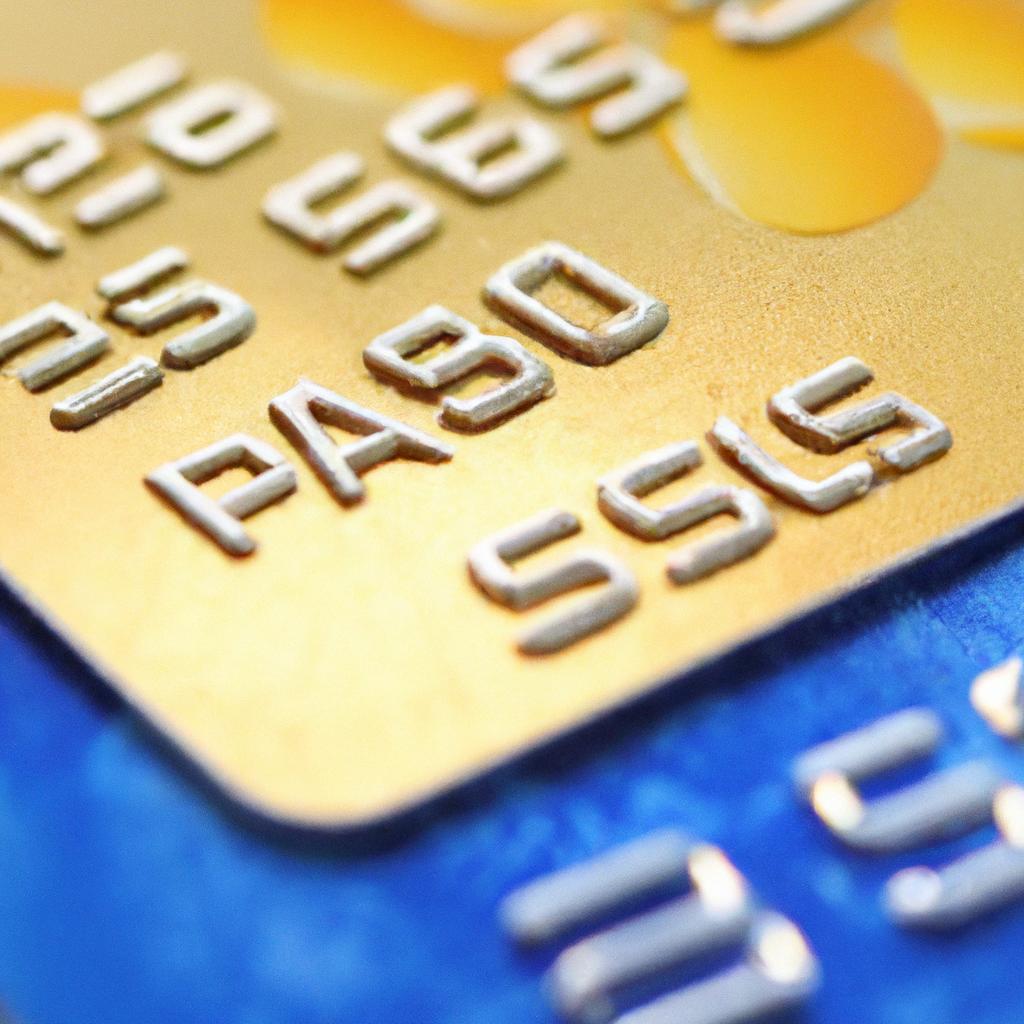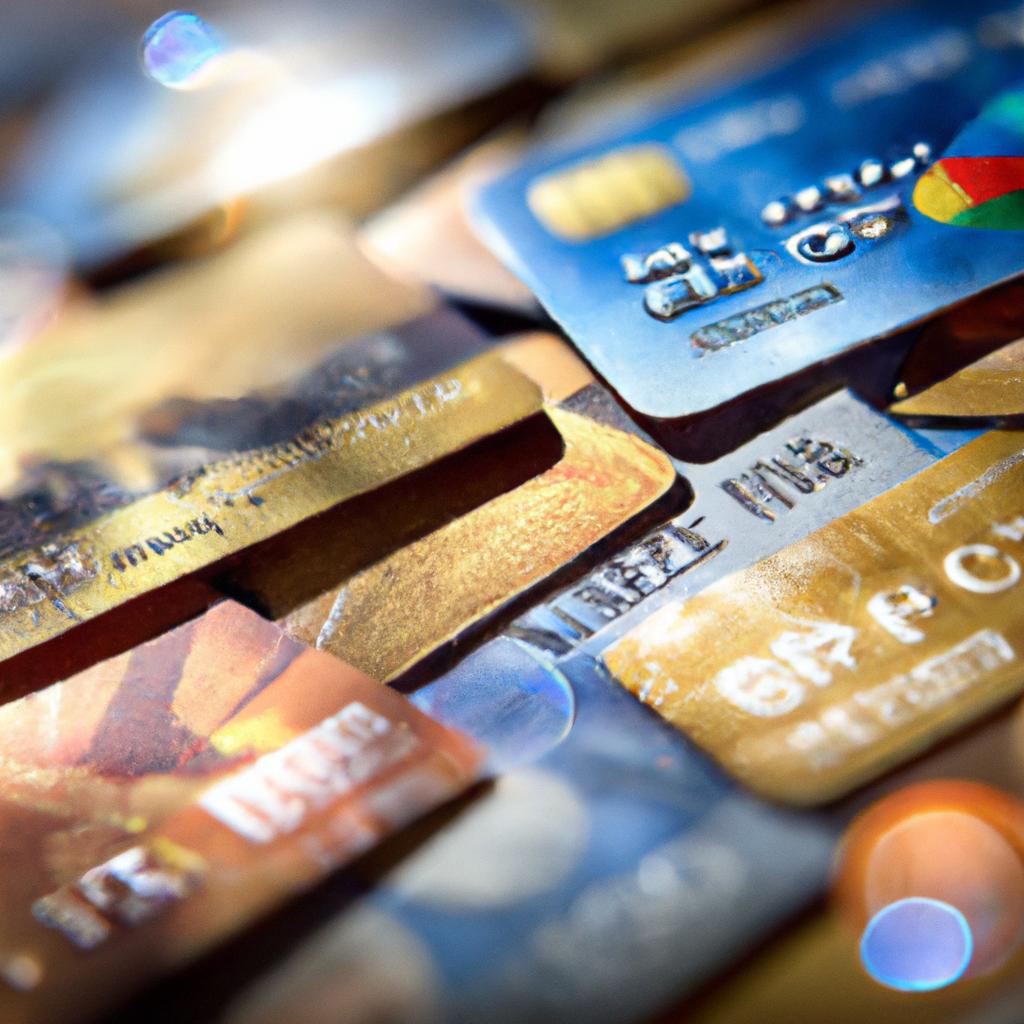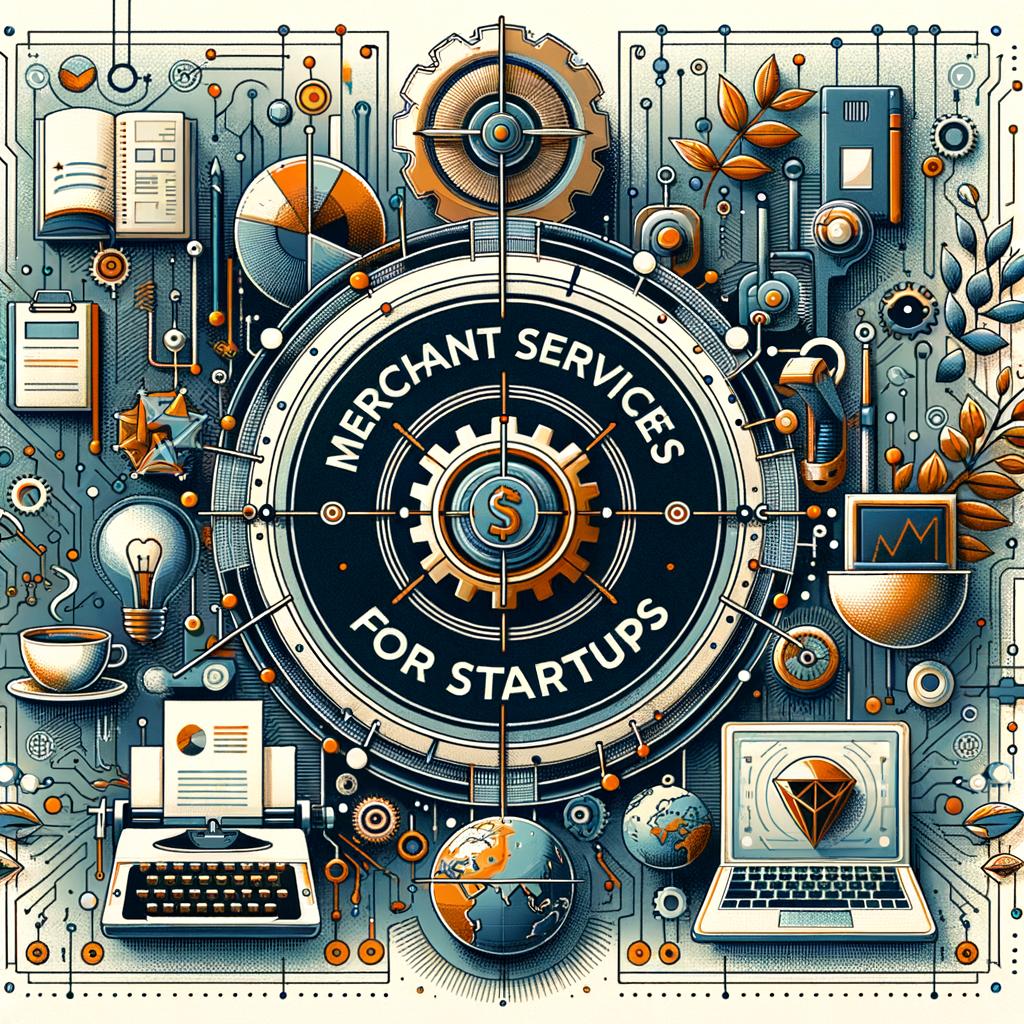If you’ve ever traveled to a foreign land, you’ve probably had to deal with the seemingly daunting task of currency exchange. It’s like stepping into a mysterious world of numbers and rates, where one wrong move could leave you with a pocketful of worthless bills. But fear not, my adventurous compadres, for I shall be your trusty guide through the intricate realm of global transactions and reveal the secrets of currency exchange.
Let’s start from the beginning. Currency exchange is essentially the process of converting one country’s currency into another. It’s like playing a never-ending game of Monopoly, where each country has its own colorful bills and shiny coins.
Before you embark on your global adventure, it’s important to know the basics of currency exchange. Every currency has a value relative to other currencies, and this value constantly fluctuates due to various factors such as economic stability, inflation rates, and political events. So, if you’re planning to exchange your hard-earned dollars for euros, you need to know the current exchange rate, which tells you how many euros you can get for each dollar.
Now comes the question: where can you exchange your money? Well, my friend, you have a few options. The most common one is heading to a local bank or currency exchange booth. These places offer you the convenience of exchanging your currency safely and securely. However, keep in mind that they might charge you fees or offer less favorable exchange rates. So, it’s always a good idea to compare rates and fees between different places before making your move.
Another option is using ATMs. Yes, those magical machines that dispense cash with just a swipe of a card. Many ATMs around the world allow you to withdraw cash in the local currency, and they usually offer competitive exchange rates. Just be careful of any hidden fees or surcharges, as they can quickly add up.
Now, you might be wondering, “Should I exchange all my money at once or just a little at a time?” Ah, a wise question, my fellow traveler. The answer depends on the circumstances. If you’re in a country with a volatile currency, it’s often better to exchange only what you need for immediate expenses and keep the rest in your home currency. This way, you’re not at the mercy of exchange rate fluctuations.
But what about those nifty credit cards and digital payment methods, you ask? Well, they can be a convenient option, especially for larger purchases or online transactions. However, be aware that they often charge foreign transaction fees or offer less favorable exchange rates compared to banks and ATMs.
Lastly, remember to be mindful of counterfeit currency. Unfortunately, there are unscrupulous individuals out there who want to take advantage of unsuspecting tourists. Always double-check your bills for signs of fraud, such as mismatched serial numbers or unusual textures. And if something feels off, trust your instincts and report it to the authorities.
So, my fellow globetrotters, armed with the knowledge of the ins and outs of currency exchange, you can navigate the world of global transactions with confidence. Remember to be savvy, compare rates, and watch out for those sneaky fees. Happy travels, and may your journey be filled with exciting adventures and lucrative exchange rates!
The world has changed, my friends. And with it, so have our payment preferences. As the dust from the global pandemic settles, it’s becoming increasingly evident that the way we choose to pay for goods and services has undergone a significant shift.
Gone are the days of carelessly swiping our credit cards, feeling invincible, and forgetting to wash our hands afterwards. The pandemic has taught us the importance of hygiene, and we’ve learned to be cautious even in the smallest aspects of our lives – including how we handle our money.
But what exactly has changed? Well, my curious compadres, let’s dive into the intriguing world of consumer payment preferences post-pandemic.
First and foremost, contactless payments are now all the rage. It’s like the forbidden fruit we were shy to taste before, but now we can’t get enough of it. Who knew the simple act of tapping a card or waving our phones in front of a machine would bring us so much joy?
But it’s not just about convenience and avoiding germ-ridden surfaces; it’s about speed. In a world where time feels even more precious than before, contactless payments have become the way to go. No more waiting in long queues for ages, fumbling with our wallets or purses. Now, a quick tap-tap and we’re good to go – like magic!
Furthermore, the pandemic has unleashed a wave of innovation in the payments industry. With people seeking alternative ways to handle their finances, digital wallets and online payment systems have taken center stage. Who needs physical cash when you can pay for your groceries, your morning coffee, or even your latest impulse buy with just a few taps on your smartphone?
And let’s not forget about the rise of QR codes. Yes, those funky-looking squares that used to be a mere curiosity have now become an essential part of our everyday lives. Gone are the days when we had to manually enter payment details online. Now, a simple scan can take us straight to the checkout page, ensuring a seamless and secure transaction.
But what about our dear old friend, the credit card? Fear not, for it is not completely forgotten. While its popularity has certainly taken a hit, it still holds its ground in this ever-evolving landscape. Perhaps it’s the familiarity, the sense of security, or the long-standing relationship we’ve built with our favorite pieces of plastic. Whatever it is, the trusty credit card is still very much alive and kicking.
So, my fellow payment enthusiasts, what can we conclude from all this? Well, the pandemic has undoubtedly made an impact on our payment preferences. We’ve become more conscious of hygiene and speed, leading us to embrace contactless payments, digital wallets, and QR codes. But amidst all this change, our dear old credit card still remains a faithful companion.
In the end, it’s clear that our payment preferences will continue to evolve as we adapt to the new normal. Who knows what wonders the future holds? Perhaps we’ll have chips implanted in our wrists for seamless transactions, or maybe we’ll find payment solutions in the vast expanses of virtual reality.
But for now, let’s celebrate the shifts that have already occurred. Let’s appreciate the tap-tap of our contactless payments, the smoothness of our digital wallets, and even the nostalgia of our trusty credit cards. After all, change may be daunting, but it’s also a catalyst for progress – even in the world of payments.
The world of credit card processing has always been a bit of a wild west, brimming with tales of dastardly hackers and sneaky fraudsters. But fear not, dear reader, for a new hero has emerged to protect our financial sovereignty – EMV chip technology!
Gone are the days of swiping our cards, crossing our fingers, and hoping for the best. With the implementation of EMV chip technology, we can now rest easy knowing that our card transactions are as secure as Fort Knox.
So, what exactly is this EMV chip technology, you ask? Well, my curious friend, it’s a tiny chip embedded in your credit or debit card that revolutionizes the way your transactions are processed. And boy, does it pack a punch!
This little chip is like a bouncer outside a trendy club, meticulously scrutinizing every transaction that comes its way. It uses advanced cryptographic algorithms to authenticate and encrypt your card data, ensuring that only the true owner can gain access to your financial kingdom.
Picture this: you’re strolling through your favorite boutique, about to indulge in a shopping spree. As you approach the counter, instead of the usual swipe, the friendly cashier asks you to insert your card into a terminal equipped with EMV technology. You confidently oblige, knowing that the days of magnetic strip shenanigans are behind you.
The magic happens within a split second. The EMV chip in your card and the terminal engage in a secret handshake, silently exchanging encrypted information that leaves would-be thieves scratching their heads in frustration. This intricate ballet of encryption ensures that your sensitive data remains safely tucked away, far from the prying eyes of cybercriminals.
But the wonders of EMV chip technology don’t stop there. This caped crusader also comes with a nifty sidekick called dynamic transaction codes. Unlike those outdated magnetic stripes that always spilled the same digits, EMV creates a unique code for every single transaction you make.
Think of it as your card playing a round of 20 questions with the terminal. Each time you make a purchase, the card generates a new code that is only valid for that specific transaction. So, even if a crafty hacker manages to intercept your code, they won’t be able to use it again. It’s like having a digital cloak of invisibility that keeps your funds safe and sound.
Now, you may be wondering why we haven’t fully adopted this superheroic technology in every nook and cranny of the card processing universe. It turns out that transitioning to EMV chip technology is a bit of a Herculean task. In addition to new card designs, merchants need to invest in updated payment terminals that can accommodate these tiny yet powerful chips.
But fear not! As the world collectively puts on its cape and embraces the power of EMV, we can expect to see a drastic reduction in credit card fraud. And hey, isn’t that a future worth fighting for?
So, my dear reader, rejoice in the knowledge that the days of clenching your fists and holding your breath every time you hand over your card are behind you. EMV chip technology is here to save the day, one secure transaction at a time.
Do you ever wonder how a simple swipe of your credit card magically deducts money from your account to complete a purchase? Well, my curious friend, there’s more than meets the eye when it comes to credit card processing. Hidden beneath the surface lies a world of costs, fees, and complex mechanisms that we seldom consider. Get ready to dive deep into the enigmatic world of credit card processing, where the true cost lies hidden in plain sight.
Picture this – you stroll into your favorite store, grab that must-have item, and head to the checkout counter. As you swipe your card, a chain reaction begins. From the merchant to the processor, from the acquiring bank to the card network and finally to your issuing bank, an intricate dance unfolds behind the scenes. Each step incurs costs – fees that may seem insignificant individually, but add up to a hefty sum for the unsuspecting business owner.
Firstly, the merchants themselves bear the brunt of the processing fees. These charges vary depending on multiple factors, including the type of card used, the transaction amount, and the merchant’s industry. It’s like a never-ending game of Russian roulette – will the card be a rewards card, a corporate card, or a plain old debit card? Each variation brings different processing fees, and merchants are left to foot the bill.
Next up, we have the processor, the middleman responsible for handling the transaction. While they may seem like saviors, rescuing merchants from the complexities of payment processing, they come with a price. Processors charge a percentage of the transaction value, often combined with a flat fee per transaction. This cut is their bread and butter, ensuring their survival in the cutthroat world of financial services.
But wait, there’s more! Card networks lurk in the shadows, ready to assert their dominance. These behemoths, such as Visa and Mastercard, dictate interchange fees – the amount paid to the issuing bank for processing every transaction. These fees are non-negotiable, leaving merchants at their mercy. As the networks flex their muscles, merchants cringe, knowing they must comply or risk losing access to this increasingly cashless world.
Lastly, we meet the issuing banks – those who grant you the power to purchase. They have their own agendas, desiring a piece of the pie. Each time you use your credit card, issuing banks charge, often stealthily, for services rendered. These fees may be hidden in complex agreements or labeled as “maintenance fees,” but make no mistake, they exist.
When you add up all these costs, it becomes evident that credit card processing is no simple transaction. It’s a complex mechanism driven by fees and charges, affecting the bottom line of every participant involved. From the business owner managing their margins, to the customer paying a premium for the convenience of card payment – everyone bears the burden.
So, the next time you pull out your card, take a moment to appreciate the intricate dance occurring behind the scenes. Recognize the true cost hidden beneath the surface, and perhaps consider the alternatives – cash or check – to support the businesses that face these hurdles daily. Remember, dear reader, knowledge is power, and understanding the hidden costs of credit card processing can empower us to make more informed financial decisions in this fascinating world of commerce.
Tap-to-pay credit cards have revolutionized the way we make purchases, bringing convenience and security to our fingertips. Gone are the days of fumbling for cash or swiping a card through a temperamental machine. With this cutting-edge technology, all it takes is a simple tap, and voila! Your payment is complete, leaving you more time to enjoy that pumpkin spice latte or snag the latest fashion trend.
Imagine strolling through a bustling mall, overloaded with shopping bags, and desperately in need of a pick-me-up caffeine fix. Your favorite coffee shop is calling your name, and time is of the essence. Fortunately, your tap-to-pay credit card is there to save the day. With a flick of your wrist, you effortlessly make your payment, leaving others in line envious of your swift transaction.
But what makes tap-to-pay credit cards so desirable? Well, for starters, they eliminate the need for pesky pins and signatures. No more struggling to remember whether your pin is your anniversary or your childhood pet’s name. With just a gentle tap, you can wave goodbye to these archaic methods and revel in the modernity of contactless payment.
Of course, adopting any new technology comes with both perks and concerns. However, tap-to-pay credit cards have truly upped the ante when it comes to security. Many of these cards utilize near-field communication (NFC) technology, which enables secure and encrypted transactions. So, while you’re indulging in a little retail therapy, you can rest easy knowing that your sensitive information is locked away in a digital fortress.
Moreover, these cards often come with additional layers of protection. Some financial institutions even provide a zero-liability policy, meaning you won’t be held accountable for fraudulent charges. It’s like having your very own superhero guardian protecting your hard-earned money.
But it doesn’t end there! Tap-to-pay credit cards also offer an added level of convenience. No longer do you need to carry around a bulky wallet or count your pennies. With a simple tap of your card against the reader, you can make purchases quickly and easily. More importantly, this contactless method keeps you safe in this age of germs and viruses. There’s no need to touch shared surfaces or pass your card to a cashier. Just a tap, and you’re on your way to a cashless and germ-free transaction.
It’s important to note that tap-to-pay credit cards are not without their limitations. Some skeptics might raise concerns about the potential for accidental charges when simply passing by a card reader. However, these cards typically require close proximity to the reader for a successful transaction. So, unless you’re intentionally rubbing your card against every cash register you encounter, you can safely dismiss those worries.
In conclusion, tap-to-pay credit cards offer a perfect combination of convenience and security. With a simple tap, you can glide through the shopping world with ease, free from the constraints of pins and signatures. The added security features and protection make it an attractive choice for those seeking a worry-free payment experience. So, why not tap into the future and embrace the modern marvel that is the tap-to-pay credit card?
In this tech-driven era, e-commerce businesses have become the talk of the town. Gone are the days when we had to hop from one store to another, exhausting ourselves in the search for the perfect product. But let’s get real for a moment, shall we? Behind every successful online store, there’s some serious strategizing going on, especially when it comes to payment processing. That’s where advanced card processing technologies step in to save the day!
Picture this: you’ve just launched your incredible online boutique. The products are flying off the digital shelves like hotcakes. But wait a minute… your customers are struggling at the checkout stage. What’s the point of filling their carts if they can’t complete the transaction, right? That’s where our hero, advanced card processing technologies, swoops in for the rescue!
Wave goodbye to those old-school payment methods. Advanced card processing technologies offer online businesses the perfect blend of security, convenience, and flexibility. With these cutting-edge solutions, you can effortlessly manage payments across multiple channels and never miss out on a sale again.
But let’s get into the nitty-gritty of how these technologies can save the day for your e-commerce business. First on the list is security. In this digital age, where cybercrime prowls around every corner of the internet, customers need that reassuring feeling of knowing their card details are safe. With advanced card processing technologies, you can guarantee that your customers’ information is protected by state-of-the-art encryption. Say goodbye to sleepless nights and hello to happy customers!
Now, let’s talk convenience. We’ve all been there – the struggle of re-entering your card details every time you want to make a purchase. It’s frustrating, to say the least. But fear not! Advanced card processing technologies eliminate this hassle by allowing customers to securely save their details for future purchases. With just a single click, they can breeze through the checkout process, saving time and energy. Convenience is the name of the game, after all!
Lastly, we have flexibility. Gone are the days when you could only accept payments from traditional credit and debit cards. These advanced technologies open the door to a plethora of payment options, including mobile wallets, contactless payments, and even cryptocurrency. Offering your customers a variety of payment methods not only increases customer satisfaction but also opens up potential new customer bases. After all, who doesn’t love a little flexibility in their lives?
So, there you have it – the power of advanced card processing technologies. With their unbeatable security measures, convenient one-click checkouts, and a wide range of payment options, they are the secret weapon to take your e-commerce business to the next level. Embrace the future, embrace these innovative technologies, and watch your sales soar like never before!
In a world where convenience trumps almost everything, it’s no surprise that contactless payments are skyrocketing in popularity. The sheer simplicity of tapping a card or waving a smartphone to complete a transaction is like magic, whisking away our worries about fumbling for cash or inserting a card and waiting for that agonizing ‘approved’ beep. It’s a dance of elegance and efficiency that keeps us on the move, moving towards a future of seamless transactions.
But as the exhilaration of contactless payments takes center stage, we can’t forget about the ever-present concern of security compliance. While we revel in the convenience of this technology, we must also address the underlying question: How secure are these payments, really?
First, let’s debunk some common myths. Contrary to popular belief, contactless payments are not the wild west of fraud waiting to ensnare us all. In fact, they incorporate layers of safeguards designed to protect our hard-earned money. Encryption techniques scramble our card details, making it virtually impossible for hackers to intercept and decipher them. Moreover, payment providers employ cutting-edge fraud detection systems to identify any suspicious activity and protect us from fraudulent purchases.
But let’s not scoff at the importance of staying vigilant. To ensure that our contactless payments remain secure, we must remain proactive in our pursuit of cybersecurity. Simple steps like updating our devices regularly, using strong passwords, and enabling two-factor authentication can fortify the protective umbrella around us. After all, it’s not just the responsibility of the payment providers; we need to do our part, too.
Looking ahead, it’s crucial for payment providers to continue innovating and reinforcing security measures. The rapid evolution of technology means that hackers are constantly devising new ways to infiltrate and exploit. It’s a race against time, with convenience and safety both vying for pole position on the track of progress.
But here’s the real kicker – contactless payments have proven to be safer than those antiquated magnetic stripe cards we’ve all grown accustomed to. With traditional cards, our personal information is stored on the strip, vulnerable to easy skimming and unauthorized use. Contactless payments, on the other hand, do not transmit this sensitive data, thereby reducing the risk of falling victim to fraudsters lurking in the shadows.
Despite the occasional sensationalized news story, the truth is that contactless payments are paving the way for a more secure, convenient, and swift transaction experience. The key is finding the delicate balance between our desire for expediency and our unwavering need for security compliance. In the end, as long as we remain vigilant, educated, and embrace the ongoing advancements in payment technologies, we can rejoice in the flexibility and peace of mind that contactless payments offer. So, let’s tap away worry-free, giddy with the knowledge that convenience and safety can indeed coexist – a true harmony of modern life.
Attention all startups! Are you ready to kickstart your business and embark on an exciting journey towards success? Well, hold onto your hats because we’re about to introduce you to a game-changer in the world of commerce – merchant services specifically designed for startups!
Picture this: you have an amazing product or service, a killer marketing strategy, and a team of talented individuals ready to conquer the world. But there’s a tiny dilemma – how do you accept payments from your customers? Remember that era when cash was king? Well, those days are long gone, my friend. We’re in the digital age now, where convenience reigns supreme, and tapping into the world of merchant services is your golden ticket.
So, what exactly are merchant services, and why should startups care? Allow us to break it down for you. Merchant services refer to the array of payment solutions and tools that enable businesses to accept electronic payments from their customers, be it credit or debit cards, digital wallets, or even good ol’ mobile payments. In simpler terms, it’s your gateway to accepting money seamlessly and securely, like a true pro.
Now, imagine this – you’re a trendy new fashion startup showcasing your collection at a bustling pop-up event. Your potential customers are scarcely carrying cash, and you don’t want to miss out on a single sale. That’s where merchant services swoop in to save the day. With the swipe of a card, a tap of a phone, or a quick scan of a QR code, your customers can instantly make a purchase, while you effortlessly collect payments. Voilà! Sales skyrocket, smiles broaden, and a beautiful partnership between your startup and merchant services is born.
But why should startups specifically seek out merchant services tailored for them? Well, think about it: startups, by their very nature, are dynamic, innovative, and often strapped for resources. Every penny and every second counts. That’s where these specialized services prove to be an absolute lifesaver. Forget about paying exorbitant fees, signing tedious contracts, or dealing with complicated setups. Startups need flexibility, affordability, and simplicity – and merchant services for startups deliver all of that and more.
Now, before you dive headfirst into the mesmerizing world of merchant services for startups, take a moment to consider the key factors you should be on the lookout for. First and foremost, flexibility is crucial. Look for services that adapt to your changing needs, whether it’s easy integration with your existing systems or the ability to handle various payment options effortlessly.
Secondly, affordability is essential for startups, where every dollar is a valuable investment. Seek out merchant service providers that offer transparent pricing, minimal setup costs, and no hidden charges lurking in the shadows. You deserve a payment partner that aligns with your startup’s financial goals.
Lastly, simplicity is the name of the game. As a startup, you don’t have time to waste on complex, convoluted procedures. Choose merchant services that offer intuitive interfaces, streamlined processes, and stellar customer support to ensure you can focus on what truly matters – building and growing your business.
So, dear startups, buckle up and get ready to revolutionize the way you accept payments. Merchant services for startups are here to skyrocket your success, seamlessly connect you with your customers, and make the journey towards triumph an absolute breeze. Embrace the digital era, embrace innovation, and let your startup shine like a diamond in the vast entrepreneurial landscape. The future is waiting for you – are you ready to grab it by the horns?
Are you tired of getting hit with hefty fees every time you make a cross-border transaction? Well, my friend, it’s time to put an end to this madness. Today, we’re diving deep into the world of cross-border transaction fees and uncovering the secrets to minimizing them. Buckle up and get ready for a wild ride!
Picture this: you’re on an overseas adventure, sipping cocktails on a pristine beach. Everything is going swimminly until it’s time to pay the bill. Suddenly, you feel a pit in your stomach as the waiter hands you the credit card slip, adorned with a mountain of fees. Sound familiar? Don’t worry – we’ve all been there.
In a world where borders are becoming more blurred than ever, cross-border transactions are becoming increasingly common. Whether you’re an avid traveler, an online shopper, or a business owner with clients overseas, understanding the ins and outs of cross-border fees is essential to avoid those nasty surprises.
So, let’s break it down. Cross-border transaction fees are charges incurred when you use your credit or debit card to make a purchase in another country or when you transfer funds across borders. These fees can be a real buzzkill, eating away at your hard-earned dollars and leaving you feeling financially drained.
But fear not, dear reader! There are several ways you can minimize the impact of these pesky fees. The first step is to educate yourself on the different types of fees that might come your way. Common culprits include foreign transaction fees, currency conversion fees, ATM withdrawal fees, and flat fees for cross-border transfers.
Now, let’s get down to the nitty-gritty – minimizing those expenses. One option is to get yourself a credit or debit card specifically designed for international use. These cards often offer lower or even no foreign transaction fees, making them a traveler’s best friend. Do your research, compare the options, and find the card that suits your globetrotting lifestyle best.
Another tactic is to avoid currency conversion fees, which can be problematic when shopping abroad. Some merchants give you the choice to pay in your home currency or the local currency. Always opt for the local currency, as your bank will likely give you a better, more competitive exchange rate – and who doesn’t love a good deal?
If you’re a frequent flyer, consider opening a multi-currency account. These accounts allow you to hold different currencies, making it easier to transfer and spend money abroad with minimal fees. Plus, you’ll be spared the hassle of dealing with exchange rates every time you make a transaction.
Last but not least, keep an eye out for hidden fees. Some financial institutions might advertise low transaction fees, only to ambush you with additional charges in the fine print. Don’t let them catch you off guard. Read the terms and conditions carefully, ask questions, and, if something seems fishy, take your business elsewhere.
In conclusion, understanding cross-border transaction fees is crucial to avoid unnecessary expenses. Armed with this knowledge, you’ll be able to make informed decisions and minimize the impact on your wallet. So, go forth, explore the world, and keep those fees at bay. Bon voyage!
Have you ever traveled to a foreign country and felt the anxiety of paying with a currency you’re unfamiliar with? Well, fret no more! Dynamic Currency Conversion (DCC) is here to revolutionize the way we handle payments abroad.
Picture this: you’re on a dream vacation in the bustling streets of Tokyo. You’ve finally found that little sushi spot you’d been dying to try. As you sit down, you nervously reach for your wallet, wondering how much this lip-smacking experience is going to dent your budget. But hold on a second, with DCC, there’s no need to panic!
DCC provides an ingenious solution that allows you to pay in your own currency while traveling overseas. Say goodbye to mental math gymnastics and endless currency conversion apps on your phone. This modern payment solution automatically converts your bill into your preferred currency, granting you a peace of mind that is worth its weight in gold.
Imagine being able to see the exact amount you’re going to be charged in your home currency, right there on the receipt. No more surprises, no more haggling over conversion rates – DCC takes care of it all. Suddenly, ordering that extra plate of sashimi doesn’t seem like such a guilty pleasure anymore.
But how does this sorcery work, you may wonder? Well, let’s break it down for you. When you make a payment using your credit or debit card, the DCC system instantly recognizes the foreign transaction and harnesses its superpower – real-time currency conversion. By collaborating with major payment networks and utilizing unparalleled exchange rate data, DCC ensures that the conversion is accurate and fair, sparing you the hassle of wandering into dubious currency exchange offices.
Now, you might question the cost. After all, there’s no such thing as a free lunch, right? DCC usually charges a small fee for its service, but the peace of mind it provides is surely worth it, isn’t it? No more surprises when you check your bank statement a few weeks later. You can enjoy your travels, secure in the knowledge that no hidden conversion fees will sneakily drain your savings.
While DCC undoubtedly brings convenience to the table, there are a few caveats to be aware of. Some financial institutions may have their own conversion rates that differ from DCC’s, so it’s essential to do your research beforehand. Additionally, keep in mind that the “dynamic” aspect means that the exchange rate can fluctuate during the transaction processing time, as currency markets never take a nap. But fear not – these fluctuations are usually minimal and won’t drastically impact the final amount.
Dynamic Currency Conversion has become a game-changer for globetrotters and savvy travelers alike. No longer are we bound by the limitations of foreign currencies and complicated conversion rates. With DCC, we can explore the world with ease, knowing that our wallets will always speak our language. Cheers to a hassle-free trip and unforgettable experiences!











